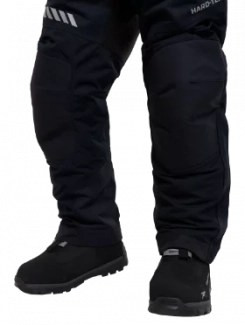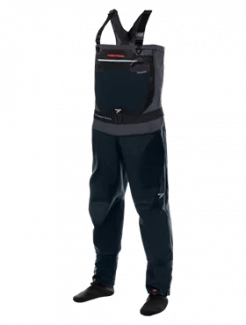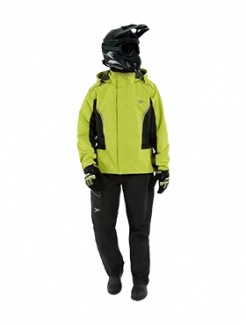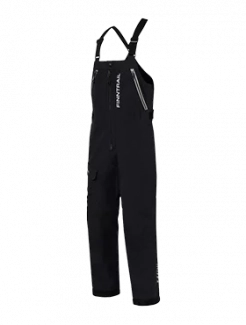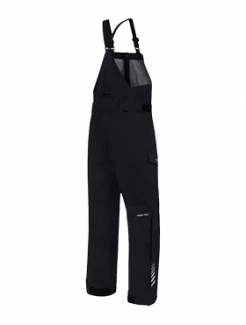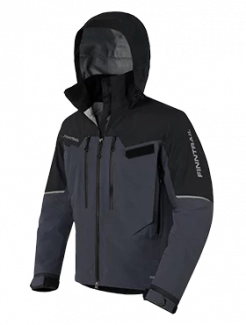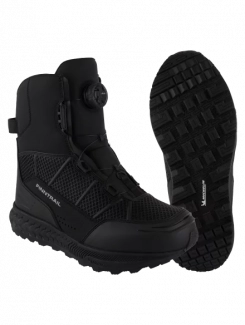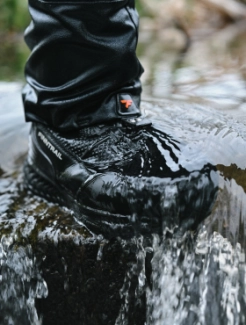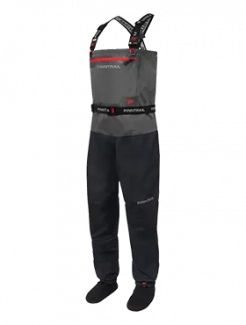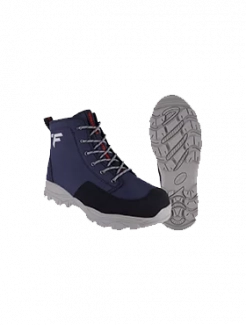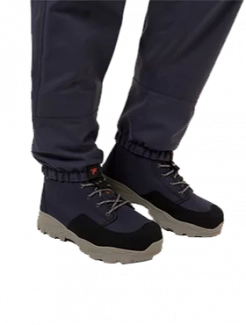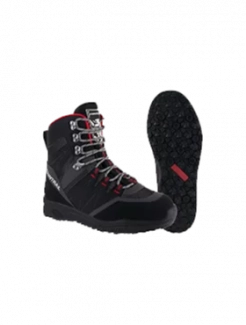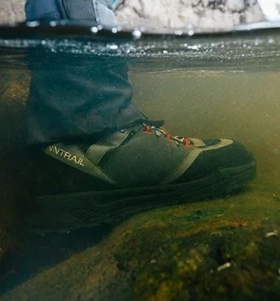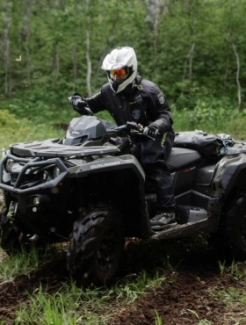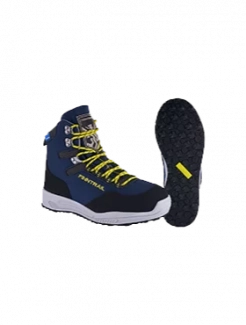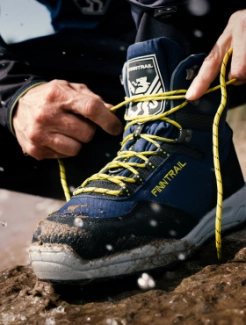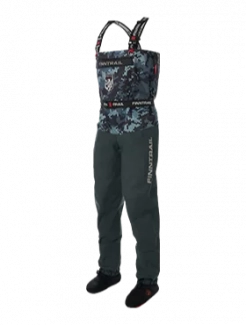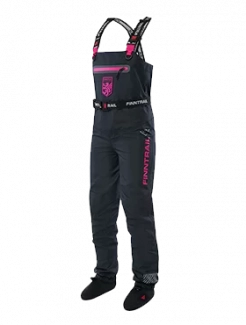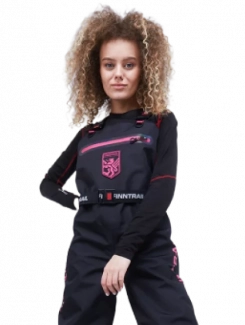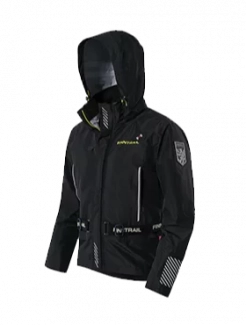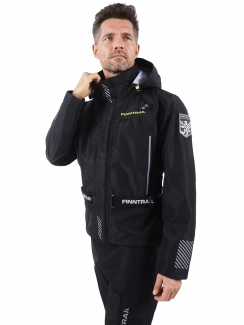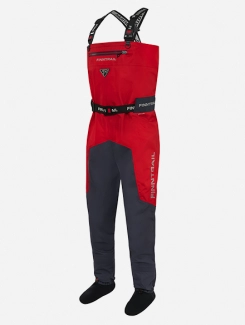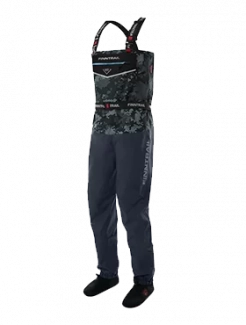How to Choose the Best UTV Brake Pads
UTV brake pads get used and abused as they are used off-road. Your UTV is designed to withstand the toughest terrains, with that comes toughened chassis frame, clutches, ball joints and of course… brake pads.
When dealing with UTV brake pads, the assumption that generic car brake pads will do the job is incorrect. Choosing the best UTV brake pads is made easier with this handy guide. Including what you should look out for and what you should avoid.
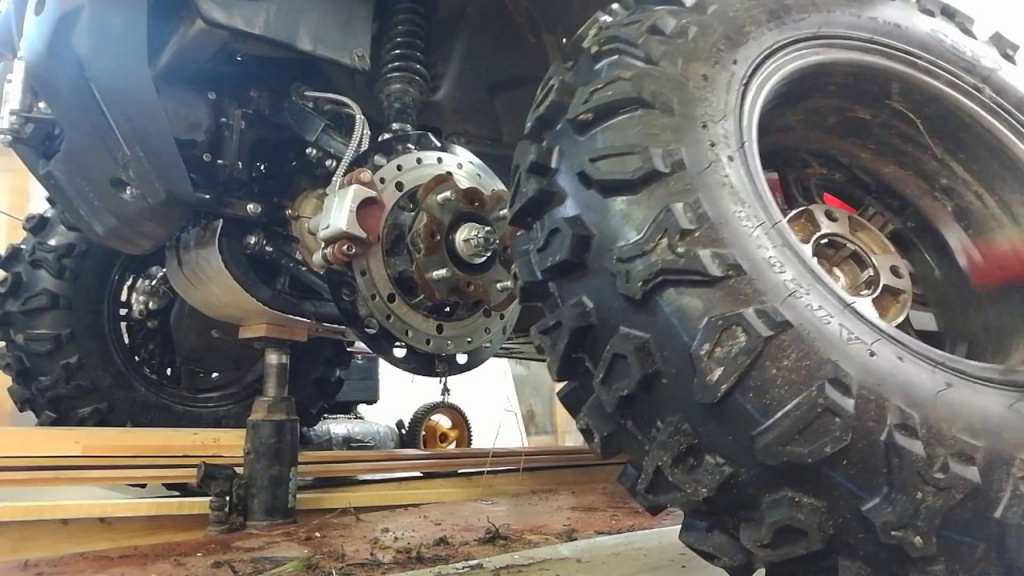
UTV Brake Pad Materials
Your UTV may come with a set of brake pads from the factory that suit the vehicle type – set up for the UTV speed and weight. To match the brake pads to your UTV, here are the typical brake pad materials that are used.
Organic UTV Brake Pads
Rubber, Kevlar, and a small amount of metal are the typical materials used in organic UTV brake pads. They have amazing performance at the start, even when they are cold. A better ride and braking variation mean they are smooth during operation. They do however get worn down quicker compared to sintered and semi-metallic brake pad materials. But they are less expensive to buy, and rotors aren’t as prone to damage with organic brake pad material.
It's important to note that using organic UTV brake pads in mud is not advisable due to quick wear. Once in contact with mud, wash the rotors and between the brake pads as soon as possible. If you’re driving leisurely in dry conditions, then organic UTV brake pad material is the ideal choice.
Sintered UTV Brake Pads
Using toughened metals pressed after high temperature exposure, sintered brake pads are great for extreme speeds and environments on your UTV. Excellent for stopping ability and perform well at very high temperatures. They are prone to squeaking though, and the braking ability is forceful. Sintered UTV brake pads need to warm up before being fully effective too.
Generally, they offer longevity over organic brake pads, but UTV rotors do wear out quicker. As a result, set aside finances for more regular rotor changes on your UTV. Do not scrimp on Chinese sintered brake pads from unknown brands either, as they will wear out quicker than organics.
Semi-metallic UTV Brake Pads
With both abilities of organic and sintered brakes, semi-metallic pads are best for intensive UTV riding. Requiring less heating time than sintered, they also last longer and better in harsh weathers than organic brake pads. They do cost more than the other types and wear out UTV rotors quickly. Semi-metallics also produce a squeaking sound and are larger than organics.
Best UTV Pads for Muddy / Rainy Conditions
Sintered brake pads are best here due to their ability to withstand the harshest climates on your UTV. Even mud won’t stop them from working. The material doesn’t break down when in contact with grit either. So, for hard UTV riding, pick sintered brake pads.
Best UTV Pads for Leisure Riding
Organics have the best ability to stop you when the UTV is only riding on roads and during light use. Examples include when driving around a resort, using asphalt roads or whilst giving tours. Just ensure that the UTV is kept dry and used on all wheels of the vehicle.
Best UTV Pads for a Mixed Ride
Use Semi-metallic for general UTV use. This could be split between mud and water, road, groundskeeping and light use. They have the best all-round ability and braking feel for your UTV.
What to Be Careful with When Choosing UTV Brake Pads
The damage on your wallet is one thing, but brake pads need to be inspected regularly, cleaned after muddy encounters, and checked for rotor damage. Remember semi-metallic wears out UTV brake rotors quicker than other materials too. Organics aren’t great for wet or hot conditions, and if you use them downhill, they will wear quickly. When relying on organic brake pads for muddy trails, you are better off with sintered instead.



